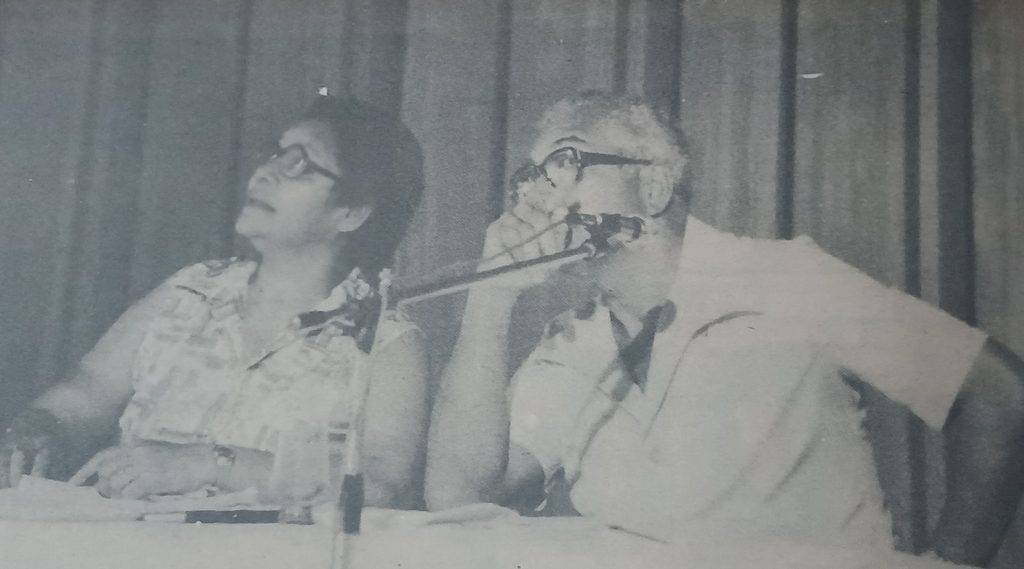In 1979, the Alliance Party’s annual convention at the Tradewinds in Suva noted that Fiji’s dairy farmers were continuing to produce excess milk that they struggled to sell, prompted by increasing production expenses.
According to an article published by The Fiji Times on November 5 that year, Nausori dairy farmer Dough Brown and former minister for agriculture, said it was “time to face the facts” about an industry that was in serious difficulty.
Mr Brown said some 200 farmers owned the Rewa Dairy milk factory as shareholders in a co-operative, but the only people profiting from milk were the factory’s 90 employees.
He said the industry was forming a delegation to go to the Government about its problems.
The minister for Commerce and Industry, Mohammed Ramzan, told the meeting he believed a detailed inquiry was needed into the relationship between milk producers and the dairy factory.
Mr Ramzan said there had been an increase in the price of milk, and he understood another increase of two cents was going to be implemented, but the extra money was going to the dairy factory, “and not to the farmers who are crying”.
Dairy farmers came up for discussions when Mr Ramzan reported on events since complaints about difficulty in selling milk were voiced at the party’s 1978 convention.
He said he still wasn’t satisfied with the dairy factory’s reasons for being unable to buy and sell all the fresh milk produced locally. A milk collection and cooling centre was planned to be opened in Serea to assist 70 farmers.
But he said he was worried to hear from the factory that it would be able to take milk from the Serea farms only by cutting the quotas it took from other farms.
Mr Brown said the industry was in a “very sorry plight”.
In his own case, he was producing 300 gallons of milk a day, but the factory took only 95 gallons.
If quotas were cut to help the Serea farms, “the whole dairy industry will go down quickly”.
The article concluded that production costs had rocketed since 1977, but milk earnings had not.

